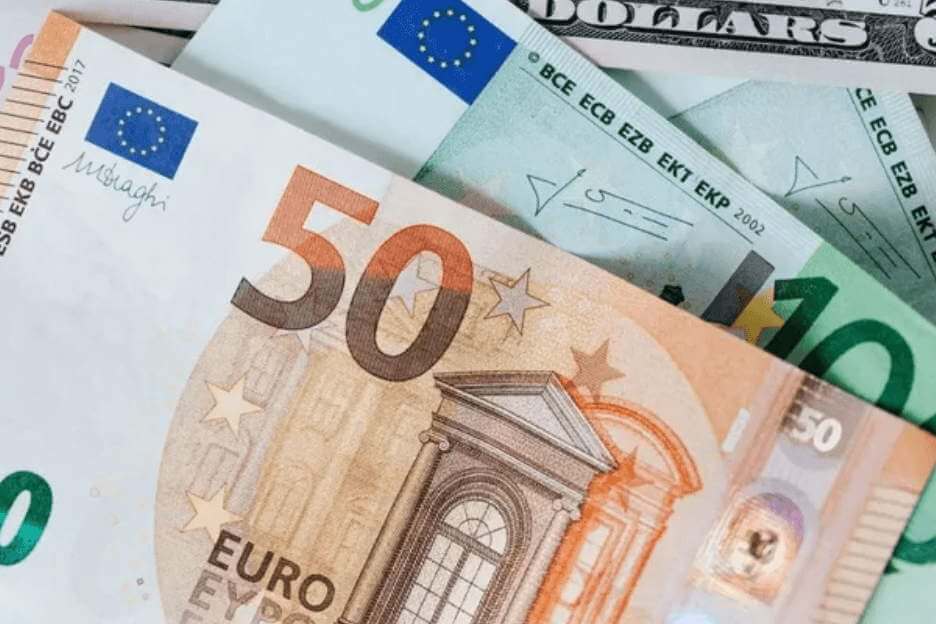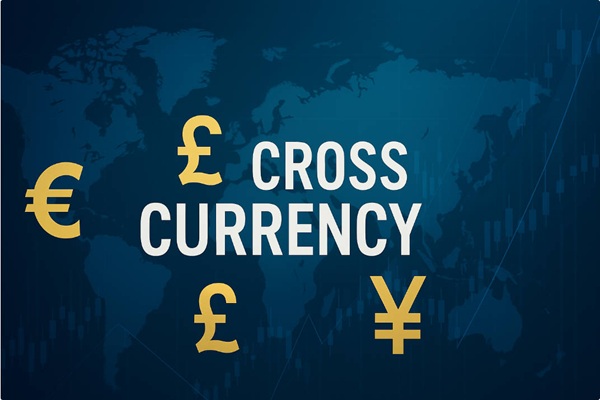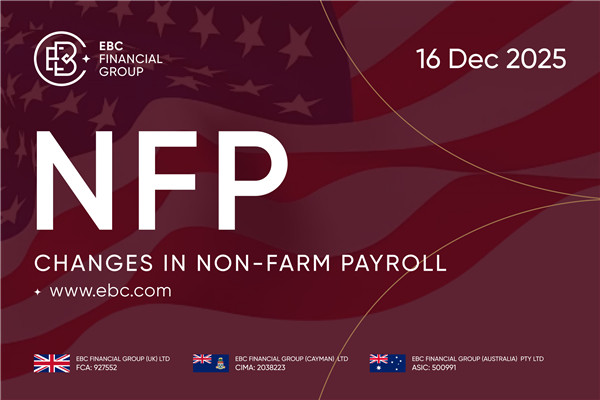Currency Swap Explanation
A currency swap involves exchanging two debt funds of the same amount and term but in different currencies. This process also includes the exchange of currencies with varying interest amounts. In simple terms, while interest rate swaps involve the exchange of debts in the same currency, currency swaps involve the exchange of debts in different currencies.
In a currency swap, the exchanged currencies do not alter the respective debt relationships of the parties involved. The initial exchange rate for the swap is determined based on the agreed spot exchange rate. The primary purposes of currency swaps are to reduce financing costs and mitigate the risks associated with exchange rate fluctuations.
The conditions for currency swaps are similar to those for interest rate swaps. These conditions include the presence of quality differential differences and opposite financing intentions. Additionally, currency swaps aim to prevent foreign exchange risks, ensuring that parties can manage their exposure to currency volatility effectively.

Consider two individuals, A and B, each with family members selling different meats—pork and beef. A buys pork from his relative at a lower price, and similarly, B buys beef from his relative. Both are accustomed to purchasing meat from their family connections. One day, A decides he wants to try beef, while B desires pork instead. Assuming the market price for both meats is 20 jin, the cost price is 10 jin, and the family price is 15 jin. Each carries 20 yuan, intending to buy a pound of meat.
On their way, A and B coincidentally meet. Instead of purchasing directly from their relatives, they decide to exchange meats with each other. In doing so, both A and B save 5 yuan each. This scenario illustrates a currency swap — leveraging their respective advantageous purchasing channels and completing an exchange.
A currency swap refers to the exchange of currencies between different
countries or regions. The advantages of currency swaps include the following
aspects:
1. Able to reduce financing costs.
2. Satisfy the wishes of both parties.
3. Trading risk is avoided because the exchange rate is fixed through
forward contracts. The disadvantage of this swap, like interest rate swaps, is
that there is also a risk of default or non-performance of the contract. If this
is the case, the other party will inevitably suffer losses due to changes in
interest rates and exchange rates.
It should be noted that currency swaps and interest rate swaps can be carried
out separately and can also be combined simultaneously. But the operating
principle is the same as the individual interchangeability mentioned above.
In addition to the two major forms of interest rate swaps and currency swap mentioned above, there are also many other forms of swap trading, and here
are three types introduced.
(1) Parallel loan
(2) Back-to-back loan
(3) Medium and long-term contracts



























